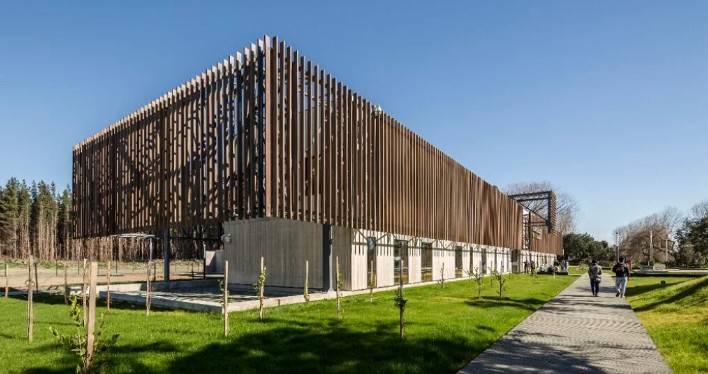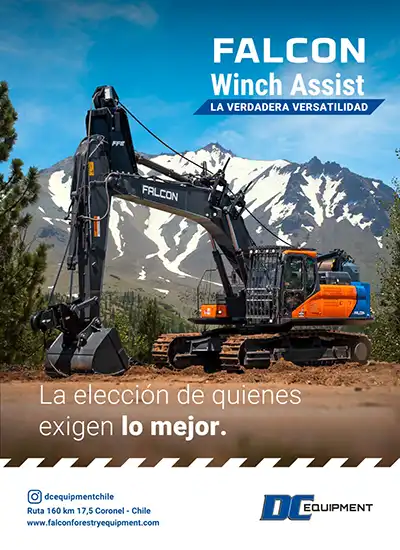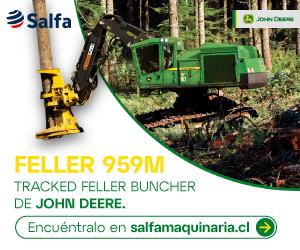Gerth Wandersleben on Timber Construction: "We Have an Industry That Can Be Strengthened"
The geographical characteristics and the well-established forestry industry position Biobío as a region with the potential to lead timber construction at a national level. This was stated by architect Gerth Wandersleben from Arauco Hilam, who will be one of the speakers at the Biobío 2050 Cycle, organized by Diario La Tribuna, Radio San Cristóbal, and Agencia Media Chile.
The talk "Los Ángeles: Capital of Timber Construction" will take place next Thursday, August 14, where Wandersleben will analyze the potential of wood as a construction material, its environmental and structural benefits, as well as the challenges faced by the industry.
VERSATILITY AND SEISMIC PROTECTION
Wood offers multiple technical advantages that make it a competitive alternative for modern construction. Wandersleben explained that there are currently options ranging "from light-frame timber to mass timber, which is what we as a company manufacture."
Among the most notable benefits, the architect highlighted its versatility: "It is a lightweight material compared to others and has inherent fire protection."
A particularly relevant characteristic for Chile is its seismic performance. "Wood moves, which is a benefit in a country like ours," the expert explained.
ENVIRONMENTAL IMPACT AND ICONIC PROJECTS
The environmental factor has gained special relevance in recent years. Wandersleben emphasized "its carbon capture capacity, low footprint, and the reduced environmental impact of timber construction."
Among the iconic projects developed by Arauco, the architect mentioned the Matanzas houses by real estate developer Samay, which "was originally a concrete design." Additionally, he referenced a house in Las Pataguas developed by architect Cristian Izquierdo, which "combines design, industrialized wood, and the versatility of this material for construction."
For larger-scale projects, he highlighted the Burgos Net Zero Carbon building and a fish farm spanning over 20,000 m² in Puerto Montt. "It was a major challenge, with curved beams and very complicated weather conditions, and it was a complete success," he detailed.
DIGITAL INNOVATION AND MANUFACTURING
Industrialized timber construction requires highly technical processes. Wandersleben explained that they develop "all projects digitally, addressing everything from manufacturing to assembly, which is one of the major aspects of industrialized construction."
Digital models demand high standards: "Innovation is always present, but manufacturing it so that it arrives on-site and is simply assembled is always a challenge."
The process requires thorough studies to meet "timelines, structural demands, weather conditions, and the seismic system."
COMPETITIVE ADVANTAGES OF BIOBÍO
The Biobío region has unique characteristics that position it favorably for the development of this industry. Wandersleben noted that "Los Ángeles and the Biobío region have a highly developed forestry sector, with many companies in this area."
Strategic location is another key factor, as it allows "distributing products nationally through a highly efficient route."
For the specialist, the region has consolidated export experience and meets foreign standards: "We have the raw materials and an industry that can be strengthened."
Finally, he projected its contribution to the housing deficit: "Wood and mass timber are competitive and can respond to the demand of the housing deficit while being more affordable."
Source:La Tribuna

















